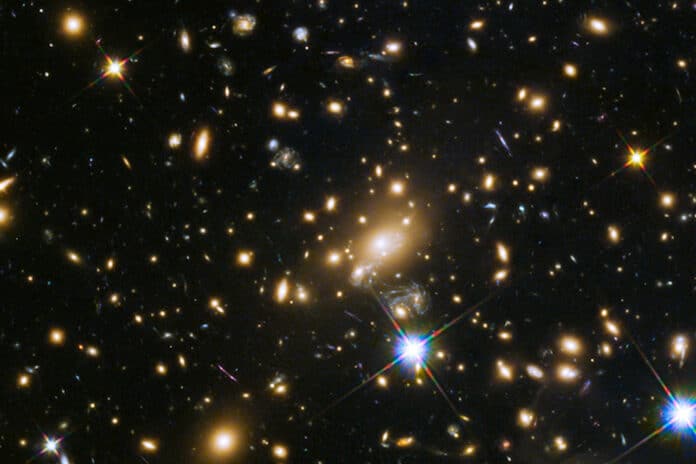In astronomy, there are two exact measures of the Universe’s expansion, or “Hubble constant.” One is derived from studies of supernovae in the area, while the other is based on the “cosmic microwave background,” or radiation that started to flow freely through the Universe soon after the Big Bang.
Although, these two measurements differ by about 10%, which has caused widespread debate among physicists and astronomers. Researchers at the University of Minnesota have successfully employed a first-of-its-kind technique to measure the Universe’s rate of expansion using data from a magnified supernova. Their findings shed light on an ongoing debate in astronomy and may aid in more precise dating of the Universe and improved comprehension of the cosmos.
Patrick Kelly, lead author of both papers and an assistant professor in the College of Science and Engineering, said, “The big question is if there is a possible issue with one or both measurements. Our research addresses that by using an independent, completely different way to measure the Universe’s expansion rate.”
Researchers could calculate the value using data from a supernova discovered by Kelly in 2014. The telescope captured four different images of the same cosmic event. The supernova was predicted to resurface in 2015 at a different location by teams worldwide after its discovery, and the University of Minnesota team discovered this extra image.
Due to the galaxy cluster’s bulk gravitationally lensing the supernova, which causes light to be bent and magnified, numerous images of the object appeared. The researchers could measure the Hubble constant by applying a theory devised 1964 by Norwegian astronomer Sjur Refsdal, which had previously been impractical to use, utilizing the time delays between the appearances of the 2014 and 2015 photos.
The study doesn’t solve the debate, but it offers crucial insight into the problem and brings physicists closer to obtaining the most accurate measurement of how old the Universe is.
Kelly said, “Our measurement is in better agreement with the value from the cosmic microwave background, although — given the uncertainties — it does not rule out the measurement from the local distance ladder. If observations of future supernovae that are also gravitationally lensed by clusters yield a similar result, it will identify an issue with the current supernova value or our understanding of galaxy-cluster dark matter.”
Using the same data, the researchers discovered that some existing theories of galaxy-cluster dark matter might account for their observations of the supernovae. This allowed them to answer the long-standing puzzle of where dark matter is located in the galaxy cluster using the most precise models.
Journal Reference:
- Patrick Kelly, Steven Rodney, et al. Constraints on the Hubble constant from Supernova Refsdal’s reappearance. Science. DOI: 10.1126/science.abh1322
